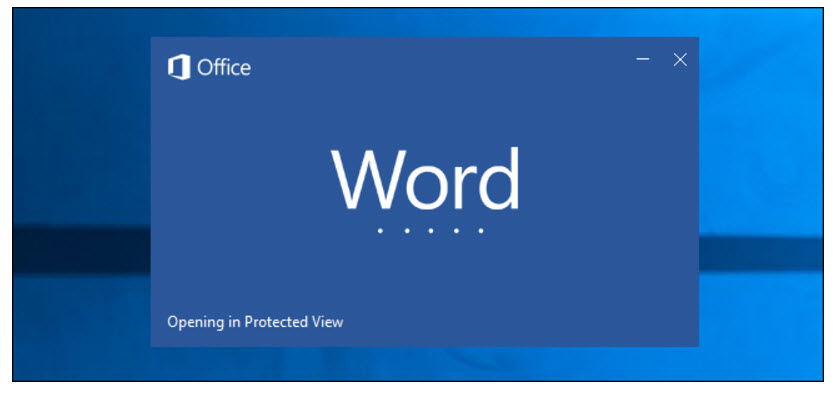Before you open a Microsoft Office document that you download from the internet, you might want to consider these suggestions.
Category: science and tech
How to Recycle
A Scale Model of the Solar System in the Desert
Space on our minds today (see previous post) …
Today: NASA and SpaceX
As this is being written, two NASA astronauts are engaged in a spacewalk at the ISS (International Space Station), to be followed by a launch tonight of a previously-used SpaceX rocket. Get more details here, follow the live action here at Space.com, or watch SpaceX’s webcast.
Popeye Was On To Something
Scientists are using spinach leaves to grow blood vessels to help build heart muscle. Read about it in this National Geographic piece.
QR Code Spoofing and Related Security Issues
For years and years, my internet provider colleagues and I have preached about phishing and other ways that unwitting email and web users click on links that are not what they purport to be or are otherwise harmful. And, ever since they came into existence quite a few years ago, I have advised web clients to place QR codes into their printed material, like newspaper ads and business cards, so that QR reader software — typically built into or easily installed into devices like smartphones — can be used to scan and automatically jump to web addresses encoded and embedded in the QR codes. Turns out that QR codes, affixed to physical objects that their creators cannot easily control, can be replaced by fake QR codes that mis-direct users, such as codes attached to rental bicycles, or route payments made by smartphone, as described in this article about such security issues in China.
SIDEBAR: What is a QR code? QR stands for “Quick Response”, to begin with. It is a matrix of black dots on a white square background, and is commonly seen in magazine and newspapers ads to encapsulate a web or email address that is activated when scanned by software such as an app on your smartphone. Here is a (safe) example that would jump you to a Wikipedia page upon scanning:
Hacking with Sound Waves
 Seems that it is possible, like how an opera singer breaks a champagne glass with a high note, according to this NYT article.
Seems that it is possible, like how an opera singer breaks a champagne glass with a high note, according to this NYT article.
Dogs of Deception
I never did quite trust that Charlie-Dawg …
A Novel Approach to Dealing with Climate Change
From The Atlantic:
Or just read the article here.
Where Pointillism Really Started?
 Most of us associate pointillism with the late 18th century movement in art history. But the practice of painting with dots of color may have originated much, much earlier, as scientists now believe, based on paintings found in cave dwellings used by people in what is now southwest France some 38,000 years ago.
Most of us associate pointillism with the late 18th century movement in art history. But the practice of painting with dots of color may have originated much, much earlier, as scientists now believe, based on paintings found in cave dwellings used by people in what is now southwest France some 38,000 years ago.
